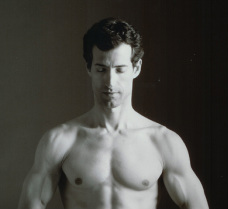
Some of my favorite Pilates sensory cues are ones that get you to feel your spine lengthen or release. Drawing the tailbone longer away from the head creates more space in the lumbar spine and feels great when having to do leg extensions or swan extensions of the back. Cues that encourage releasing into gravity are also very nice in that they usually allow the student to relax unnecessary tension. Some teachers always teach with awareness, asking the student what they feel from a movement rather than directing their feelings. If the exercise is taught properly, it will reveal things to you that you only need to ask yourself "what am I feeling" when you do it. Pilates will never be boring if you look at it as an exploration of movement and leave your students open to discover new sensations of control, balance, flow, etc. This way you will always be teaching in the moment and feel more inspired every day as you see your students light up with awareness.


 RSS Feed
RSS Feed
